Welcome to a guide that will help you create a safe and secure environment for individuals recovering from heart surgery. After undergoing such a significant procedure, it is crucial to ensure a safe haven for their recovery journey. This guide will provide you with essential home safety measures that will not only promote physical well-being but also offer peace of mind to both patients and their loved ones. From making simple modifications to their living space to implementing daily routines and precautions, we will explore a range of practical strategies to minimize risks and maximize comfort. By following these expert recommendations, you can create a supportive and nurturing environment that aids in the healing process and helps individuals regain their strength and vitality. So, let's dive in and discover how to turn your home into a sanctuary of safety for those on the road to recovery from heart surgery.
The Importance of Home Safety for Individuals Recovering from Heart Surgery
Recovering from heart surgery is a delicate process that requires adequate care and attention. Once discharged from the hospital, the home becomes the primary setting for recovery, making it essential to prioritize safety measures. Creating a safe haven not only reduces the risk of accidents and complications but also provides a sense of comfort and reassurance to the patient. By implementing the right safety measures, you can facilitate a smooth recovery and promote overall well-being.
When it comes to home safety for individuals recovering from heart surgery, prevention is key. By proactively addressing potential hazards and taking necessary precautions, you can significantly reduce the risk of accidents or setbacks. This includes assessing and addressing potential hazards in the home, ensuring a safe bedroom environment, creating a safe bathroom environment, making the kitchen accessible, managing stairs and navigation, installing and utilizing medical alert systems, considering home modifications and adaptive equipment, and educating family members and caregivers on home safety protocols.
Assessing and Addressing Potential Hazards in the Home
Before bringing a loved one home after heart surgery, it is essential to assess the living space for potential hazards. Start by ensuring that pathways are clear and free from clutter, allowing for easy movement with mobility aids if necessary. Remove any loose rugs or carpets that could pose a tripping hazard and secure electrical cords to prevent accidents. Additionally, check for adequate lighting throughout the home, especially in hallways and staircases, to minimize the risk of falls.
In the kitchen, ensure that sharp objects and heavy items are stored securely, and avoid using slippery or unstable surfaces. Keep cleaning supplies out of reach and install childproof locks on cabinets containing hazardous materials. In the bathroom, install grab bars near the toilet and shower to provide stability and support. Consider using non-slip mats or adhesive strips in the shower to prevent slipping. These simple modifications can significantly enhance safety and reduce the risk of accidents during the recovery period.
Essential Safety Measures for the Bedroom
The bedroom serves as a haven for rest and recovery, and implementing safety measures in this space is crucial. Start by ensuring that the patient's bed is at an appropriate height, making it easier to get in and out. Consider using a bed rail for added support, especially during the initial stages of recovery when mobility may be limited. Install adequate lighting, including bedside lamps or motion-activated night lights, to enable easy movement during the night without the risk of stumbling in the dark.
It is also important to ensure that the bedroom is well-ventilated and maintained at a comfortable temperature. Keep the room clutter-free and organize essential items within easy reach. Place a chair or stool near the bed to provide a resting spot for the patient and encourage breaks when needed. By creating a safe and conducive environment, you can promote restful sleep and facilitate the healing process.
Ensuring a Safe Bathroom Environment
The bathroom can be a high-risk area for accidents, especially for individuals recovering from heart surgery. To ensure a safe bathroom environment, start by installing grab bars near the toilet, shower, and bathtub. These bars provide stability and support, making it easier for the patient to transition between positions. Consider using a raised toilet seat or a commode chair if necessary to reduce strain during bathroom visits.
In addition to grab bars, it is essential to use non-slip mats or adhesive strips in the shower or bathtub to prevent slipping. Install a handheld showerhead to allow for seated showers, minimizing the need for excessive movement. Keep toiletries within easy reach and avoid using glass containers that could break and cause injury. By implementing these safety measures, you can create a bathroom environment that promotes independence and reduces the risk of accidents.
Creating a Safe and Accessible Kitchen
The kitchen is often the heart of the home, and adapting this space for individuals recovering from heart surgery is essential. Start by organizing frequently used items within easy reach to minimize the need for excessive bending or stretching. Consider using adaptive equipment such as reachers or long-handled utensils to aid in accessing items on high shelves.
Install sturdy handrails near the stove and countertops to provide stability and support. Opt for non-slip flooring and secure rugs or mats to prevent tripping. Ensure that the kitchen is well-ventilated to minimize exposure to fumes and odors that could potentially aggravate the patient's condition. By making these modifications, you can create a safe and accessible kitchen that promotes independence and encourages the patient to engage in light meal preparation or cooking activities.
Managing Stairs and Navigating the Home Safely
Stairs can pose a significant challenge for individuals recovering from heart surgery, especially during the initial stages of recovery. If possible, consider relocating the patient's bedroom or living area to a lower level to minimize the need for frequent stair usage. If stairs are unavoidable, ensure that handrails are securely installed on both sides of the staircase to provide stability and support.
Encourage the patient to take breaks and rest when navigating stairs, especially if they experience shortness of breath or fatigue. Consider installing a stairlift or a chairlift if necessary to minimize the physical strain. It is also important to remove any potential tripping hazards on staircases, such as loose carpeting or objects left on steps. By managing stairs and navigating the home safely, you can reduce the risk of accidents and promote a smoother recovery process.
Installing and Utilizing Medical Alert Systems
Medical alert systems can provide an added layer of security and peace of mind for individuals recovering from heart surgery. These systems typically consist of a wearable device or pendant that can be easily activated in case of an emergency. When activated, the device connects the patient to a monitoring center where trained professionals can assess the situation and dispatch appropriate help if needed.
By installing and utilizing a medical alert system, both the patient and their loved ones can feel confident that help is just a button press away. This added sense of security can significantly reduce anxiety and promote a sense of independence for the patient during the recovery period.
Home Modifications and Adaptive Equipment for Safety
Depending on the individual's specific needs, certain home modifications and adaptive equipment may be necessary to ensure safety during the recovery process. This includes installing ramps or lifts for wheelchair accessibility, widening doorways to accommodate mobility aids, and adding handrails or grab bars in key areas of the home.
In addition to home modifications, adaptive equipment such as walkers, canes, or shower chairs can provide much-needed support and stability. It is important to consult with healthcare professionals or occupational therapists to determine the most appropriate modifications and equipment based on the individual's condition and specific requirements.
Educating Family Members and Caregivers on Home Safety Protocols
Creating a safe and secure environment for individuals recovering from heart surgery requires the collective effort of family members and caregivers. It is essential to educate them on the specific safety protocols and precautions to follow. This includes understanding the patient's limitations and restrictions, knowing how to properly use adaptive equipment, and being aware of emergency procedures.
Regular communication between the patient, healthcare professionals, and caregivers is key to ensuring that everyone is on the same page regarding home safety. By fostering a collaborative approach, you can create a supportive network that prioritizes the well-being and recovery of the individual.
Conclusion: Creating a Secure and Supportive Recovery Environment
Ensuring a safe haven for individuals recovering from heart surgery is of utmost importance. By implementing the essential home safety measures outlined in this guide, you can create a secure and supportive recovery environment that promotes physical well-being and peace of mind. Assessing potential hazards, ensuring safety in the bedroom and bathroom, creating an accessible kitchen, managing stairs, installing medical alert systems, considering home modifications and adaptive equipment, and educating family members and caregivers are all crucial steps in this process.
Remember, each recovery journey is unique, and it is essential to tailor safety measures to the individual's specific needs. Consult with healthcare professionals or occupational therapists for personalized guidance and recommendations. With the right precautions in place, you can turn your home into a sanctuary of safety and facilitate a smooth recovery for your loved one.



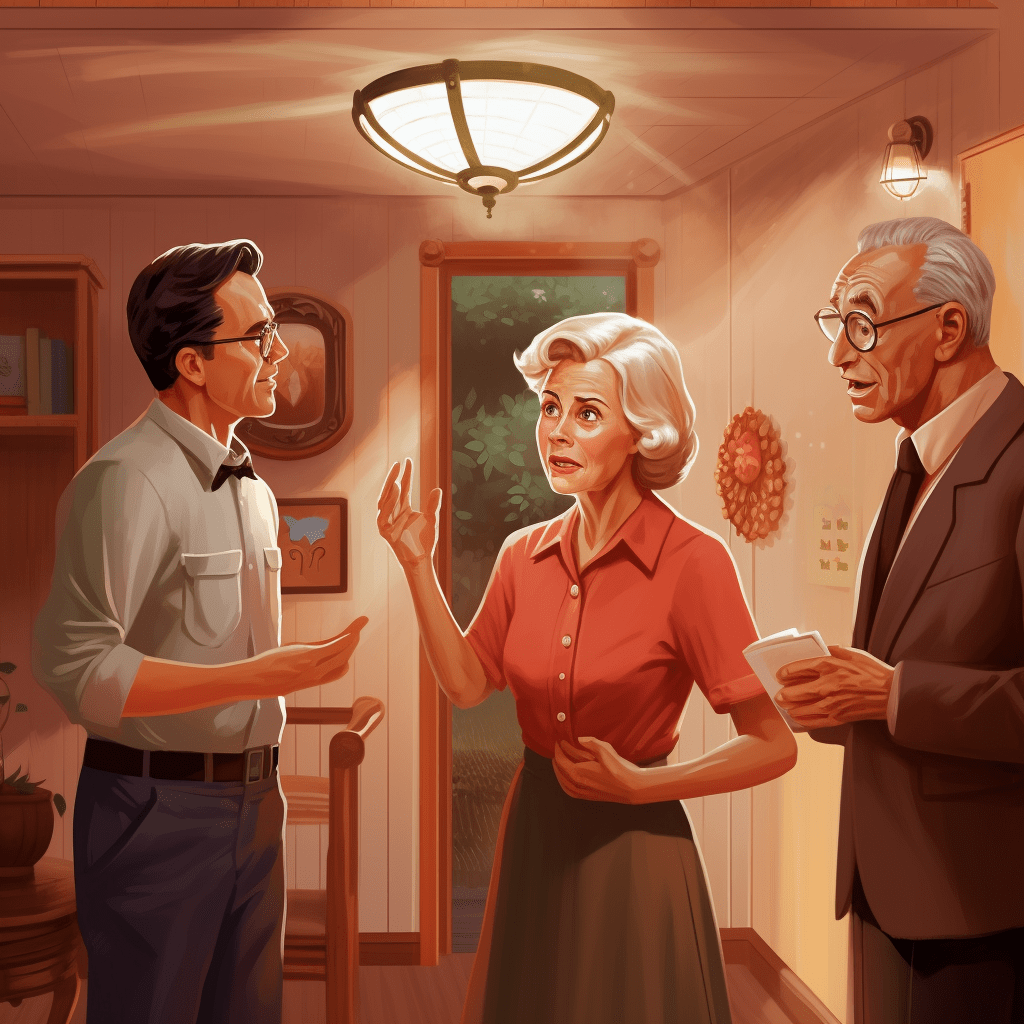

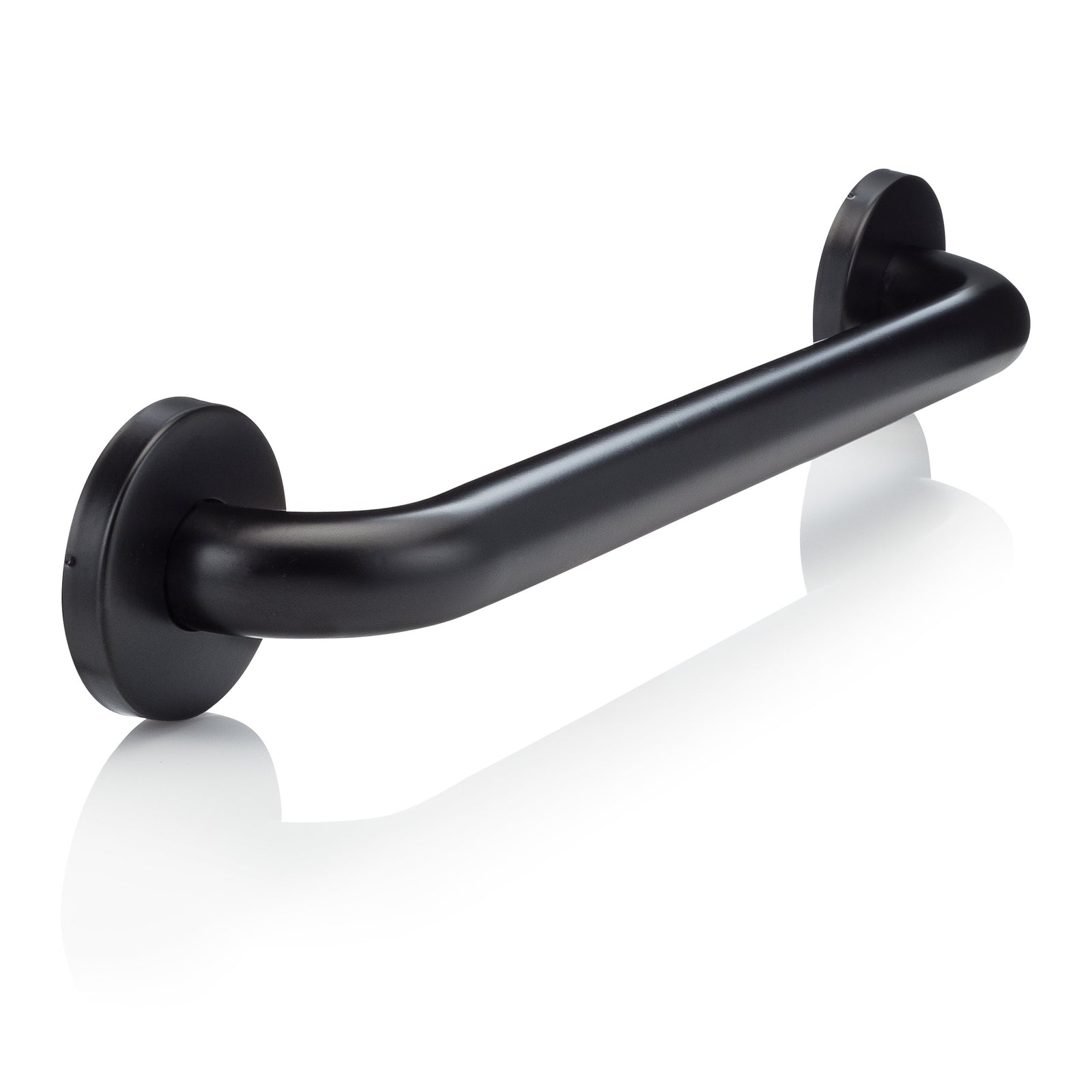
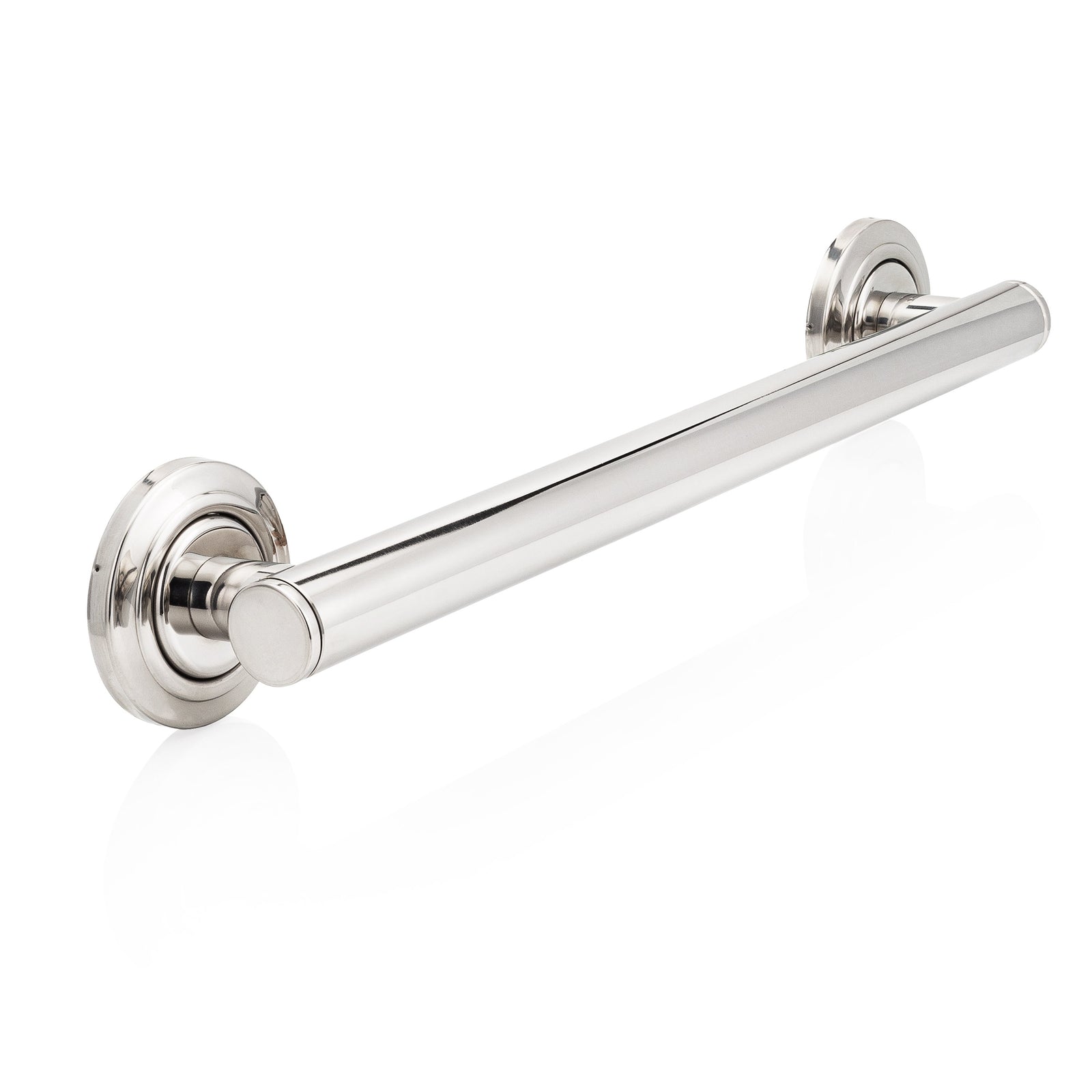
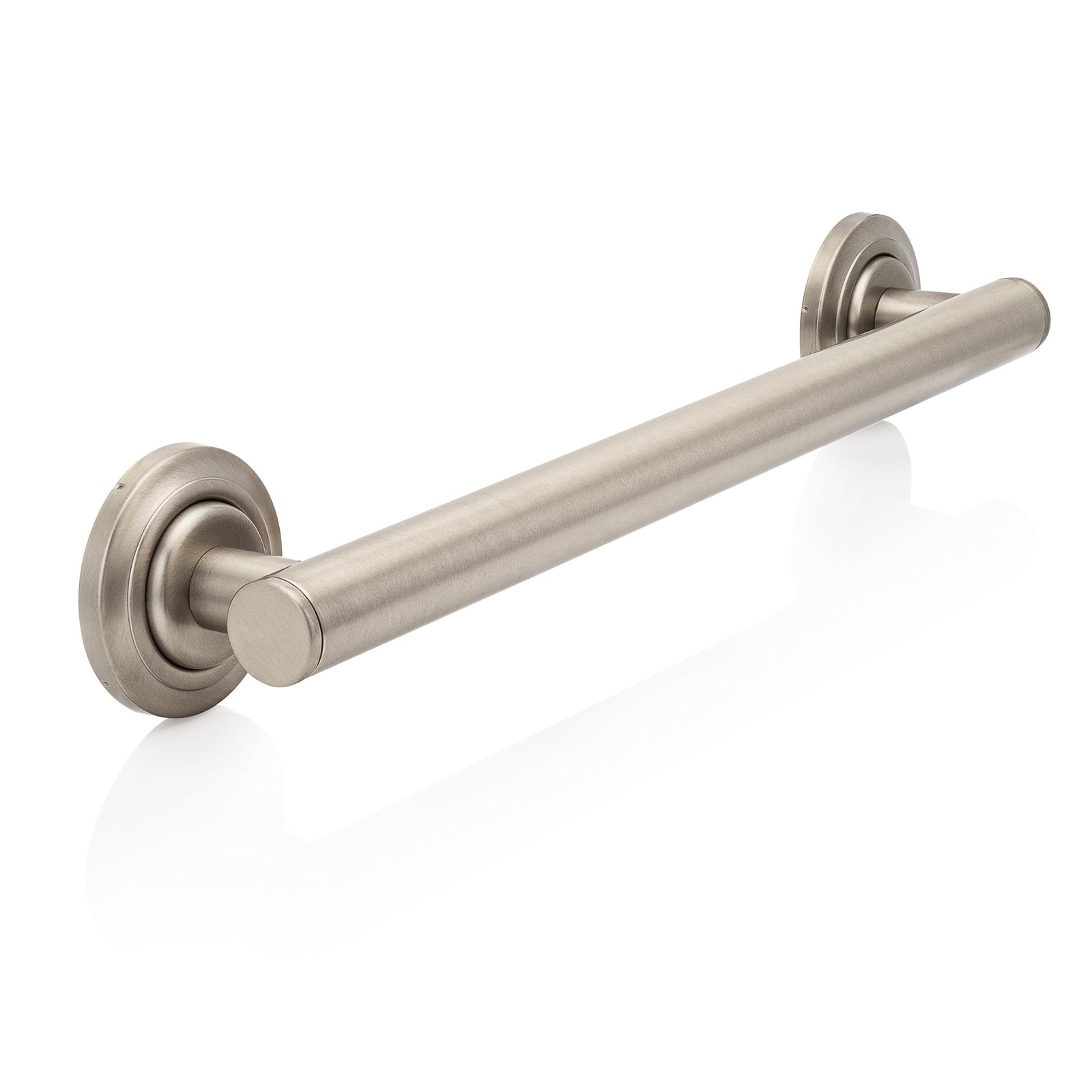

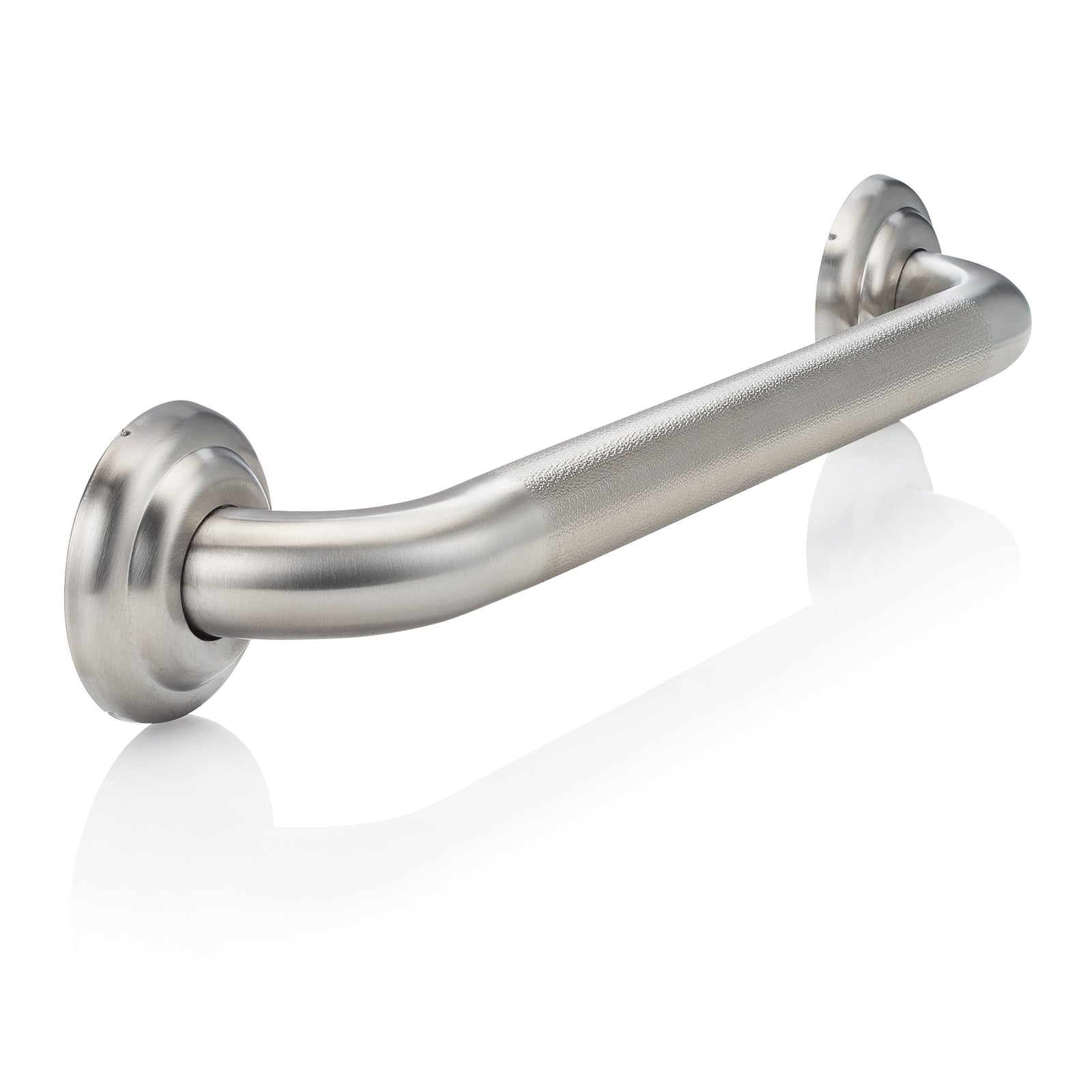
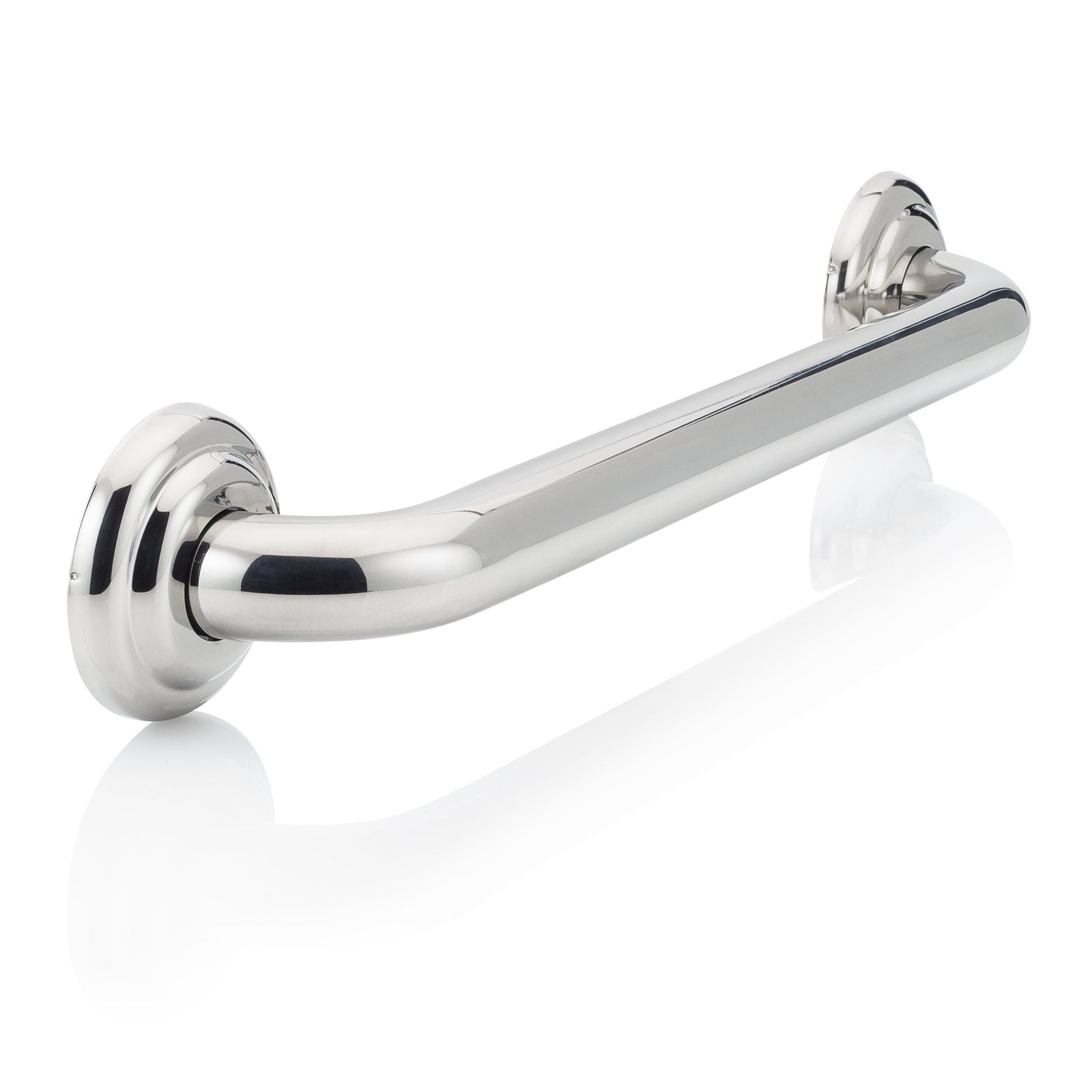
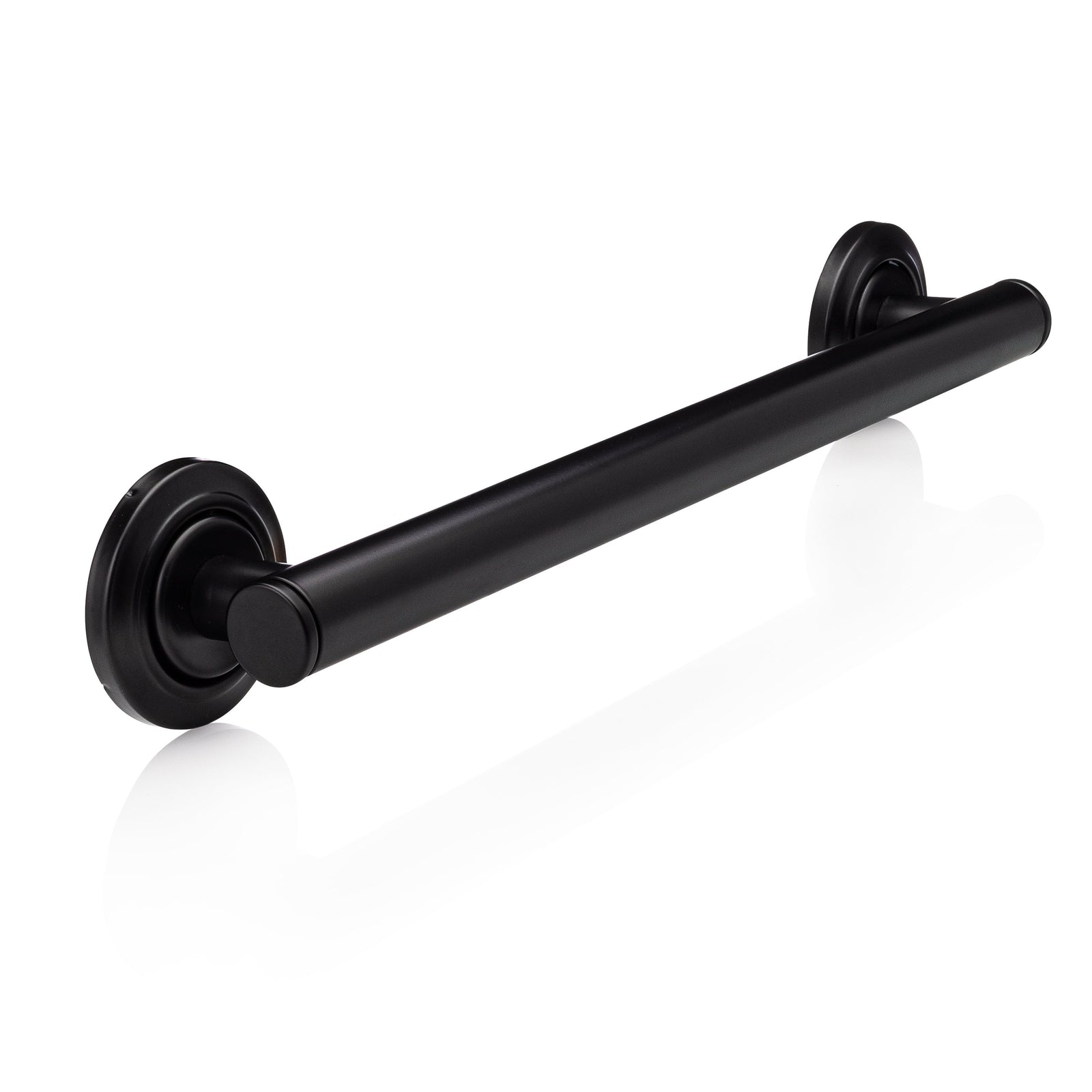
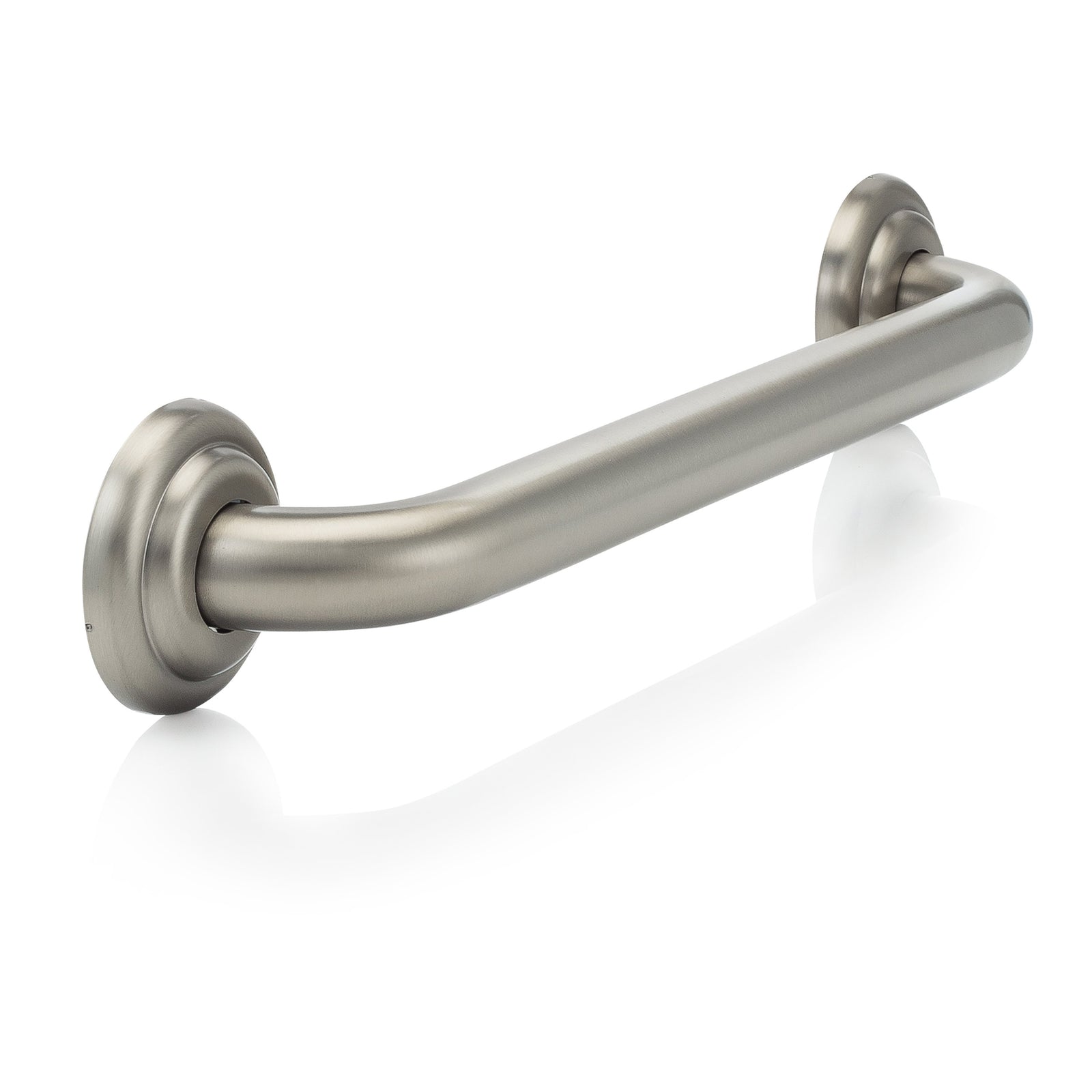
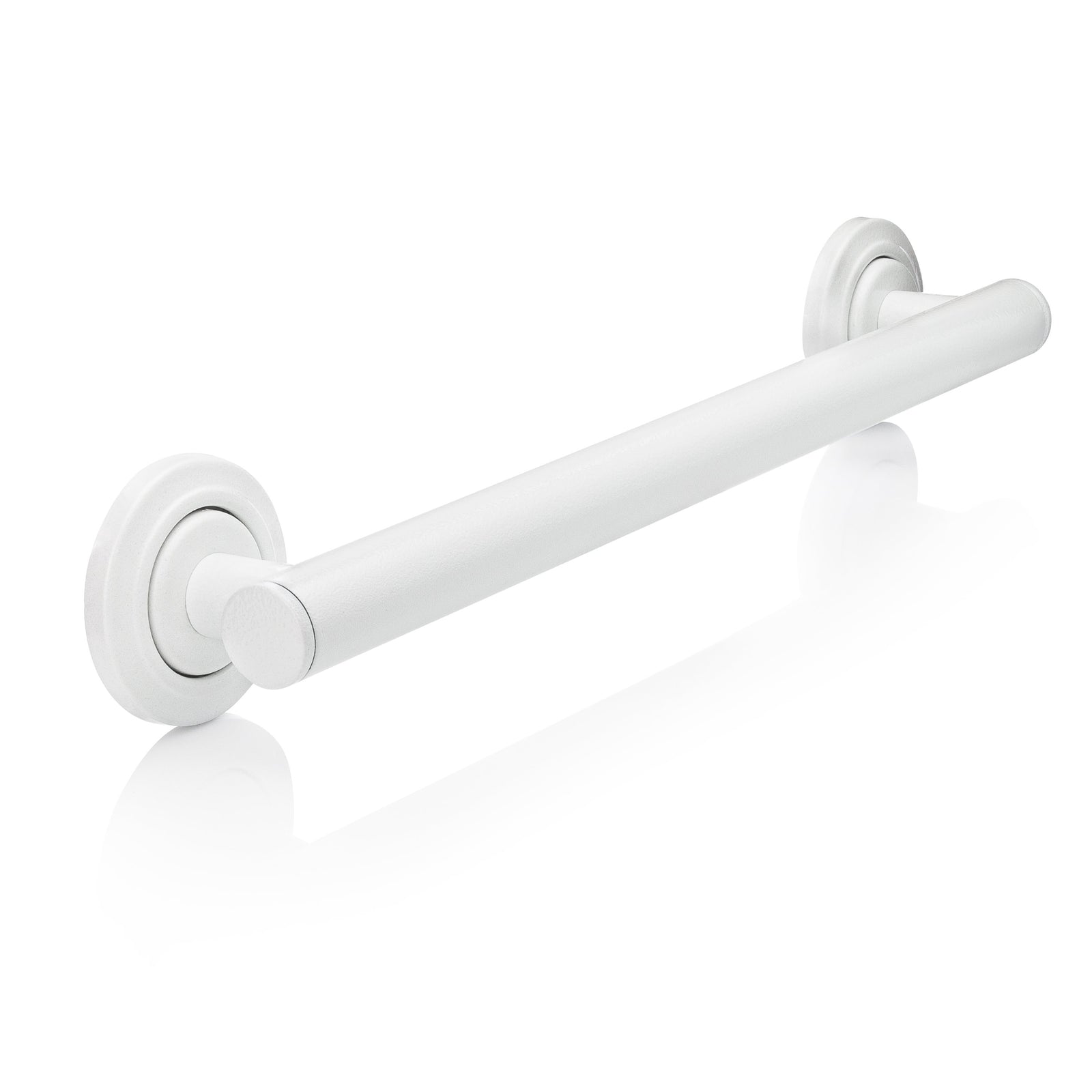
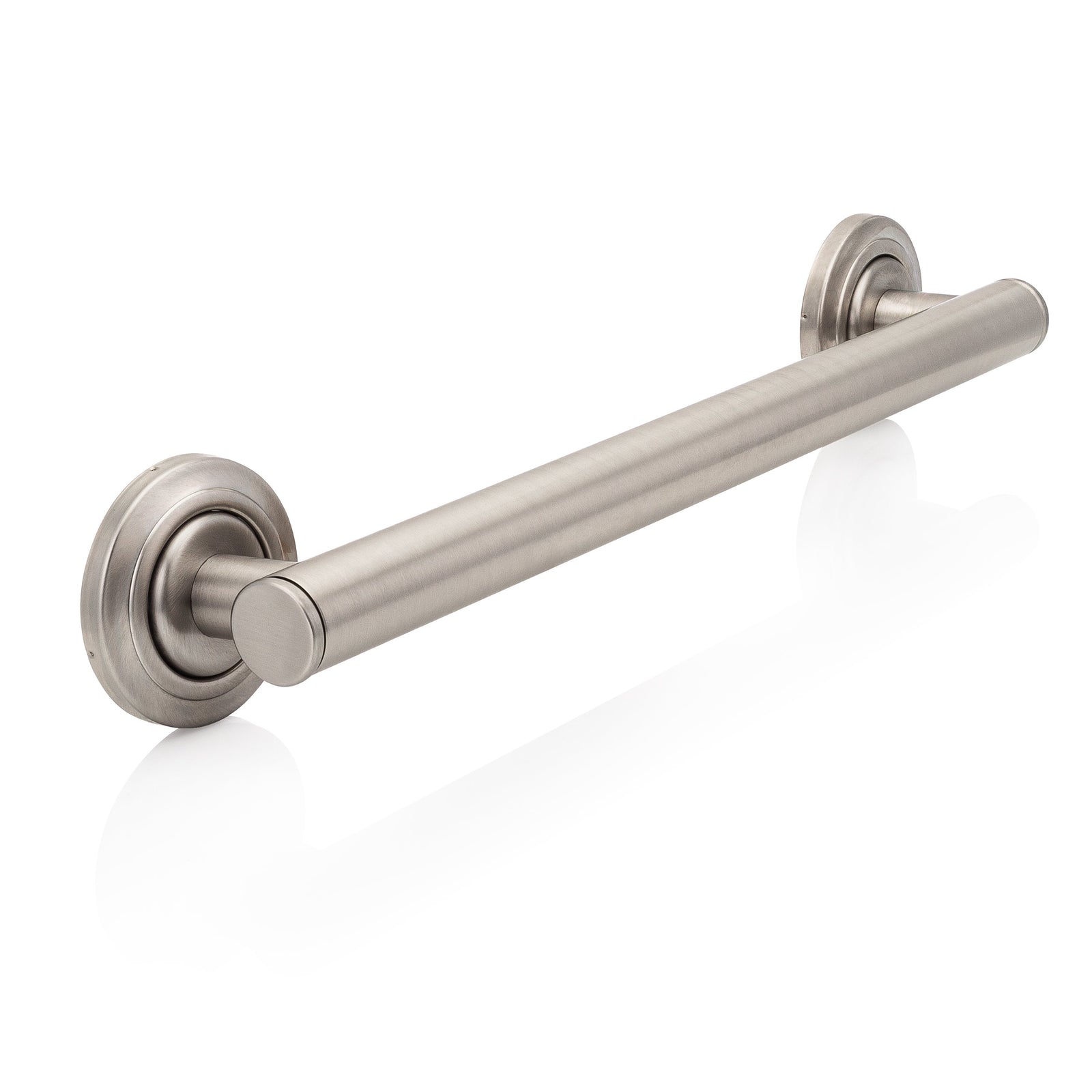
Leave a comment (all fields required)